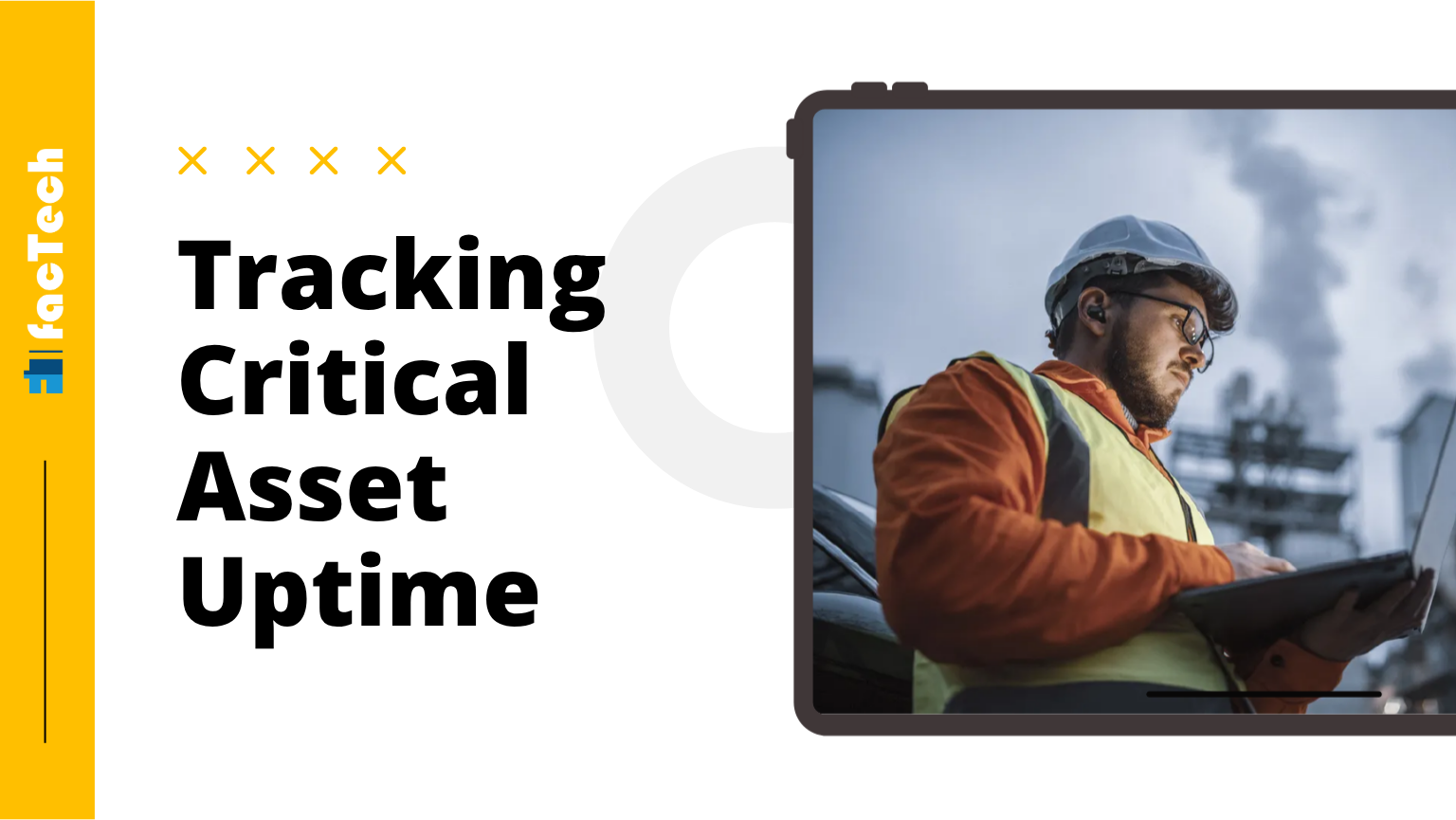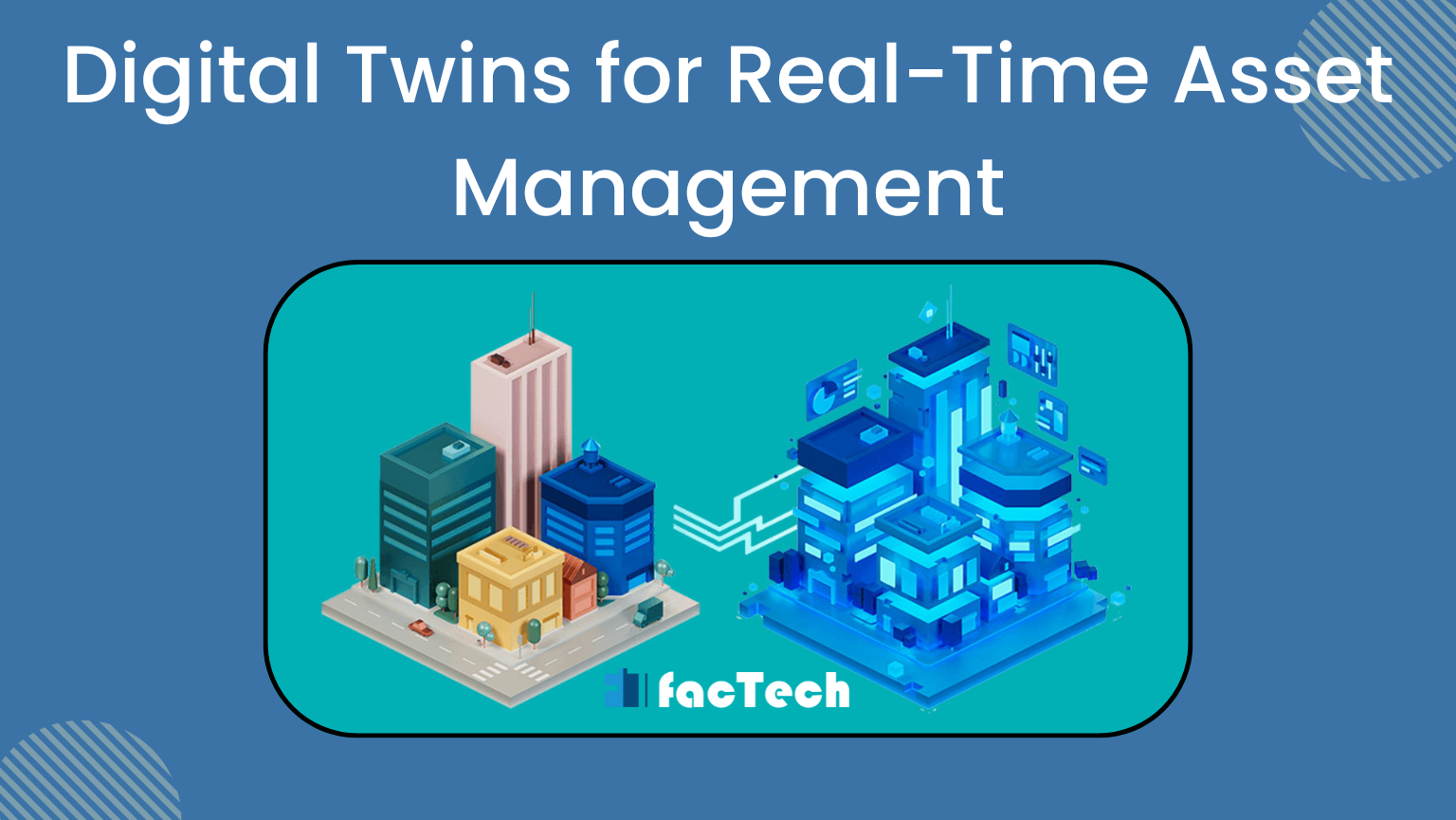Why opt for IoT based BMS?
A facility’s backbone, the building management system (BMS), is what keeps things functioning properly. These centralized control systems are typically made possible by attaching electrical cables to a central hub or system. They are used to monitor and configure various building components. Building management systems are utilizing these technologies, though, to become smarter and more potent as IoT-connected devices advance. Facility managers are now able to control their building systems more effectively across a variety of buildings, including factories, retail stores, offices, and even residential structures with the help of smart building technology
And IoT-based BMS is an even better choice now that 5G has entered the picture.
What is BMS?
Equipment including HVAC systems, lighting, electrical systems, and other components of a building are managed and controlled by a building management system. By offering streamlined control of multiple building equipment, BMS aids in huge buildings. However, there hasn’t been much innovation in this subject so far.
Some of its drawbacks include:
- Energy leaks: There are several causes of energy leaks such as equipment that is used when it is not necessary, improper asset maintenance or unfavorable Power Factor.
- Absence of Remote Asset Management & Centralized Visibility: Senior management lacks centralized visibility and useful insights since BMS data is restricted to a control room and cannot be accessible on a cloud-based portal. A network of devices that create enormous volumes of data is also meaningless unless it is processed and turned into insights that can be used.
- Poor Compliance with Occupant Comfort Standards: Automation and visibility into some of the most important factors are undoubtedly lacking, particularly when it comes to occupant comfort factors like temperature, humidity, and air quality. For instance, because a standard BMS does not continuously monitor and manage temperature levels, occupants may feel too cold or too hot.
- Outdated Architecture: Traditional BMSs link via wired infrastructure, which makes them expensive to implement and maintain. Furthermore, the flexibility in terms of maintenance, upgradeability, and scalability is called into doubt due to the antiquated architecture.

Benefits of using IoT-based BMS or Building Automation System
The Internet of Things (IoT) is a system of interconnected and internet-connected things that can gather and send data over a network without the need for human involvement. The internet-based connectivity of hardware and software for smart buildings represents a significant development in technology. Smart building solutions :
Comfort and Productivity of the Occupant
IoT in BMS offers the chance for cutting-edge data analytics. The processed data is subsequently delivered to building owners, facility managers, and the maintenance crew as actionable insights on a cloud-based dashboard.
Effectively manage resources
Commercial office buildings, warehouses, and factories are just a few of the places where an IoT building management system can be installed. A building automation system can alter how you manage your building by cutting expenses and streamlining procedures.
Service Based on Location
Operators can remotely monitor BMS systems by utilizing IoT devices like motion detectors and sensors. These systems can be set up to alert the operator of an issue and take action automatically.
Modern construction
Technologies including wireless mesh networks, HTTP, MQTT, ethernet, BACnet, Modbus, LoRaWAN, etc. power the Internet of Things (IoT). Because of this, IoT-based BMS systems are more affordable than conventional wired BMS. These are also simpler to scale, manage, upgrade, and deploy.









